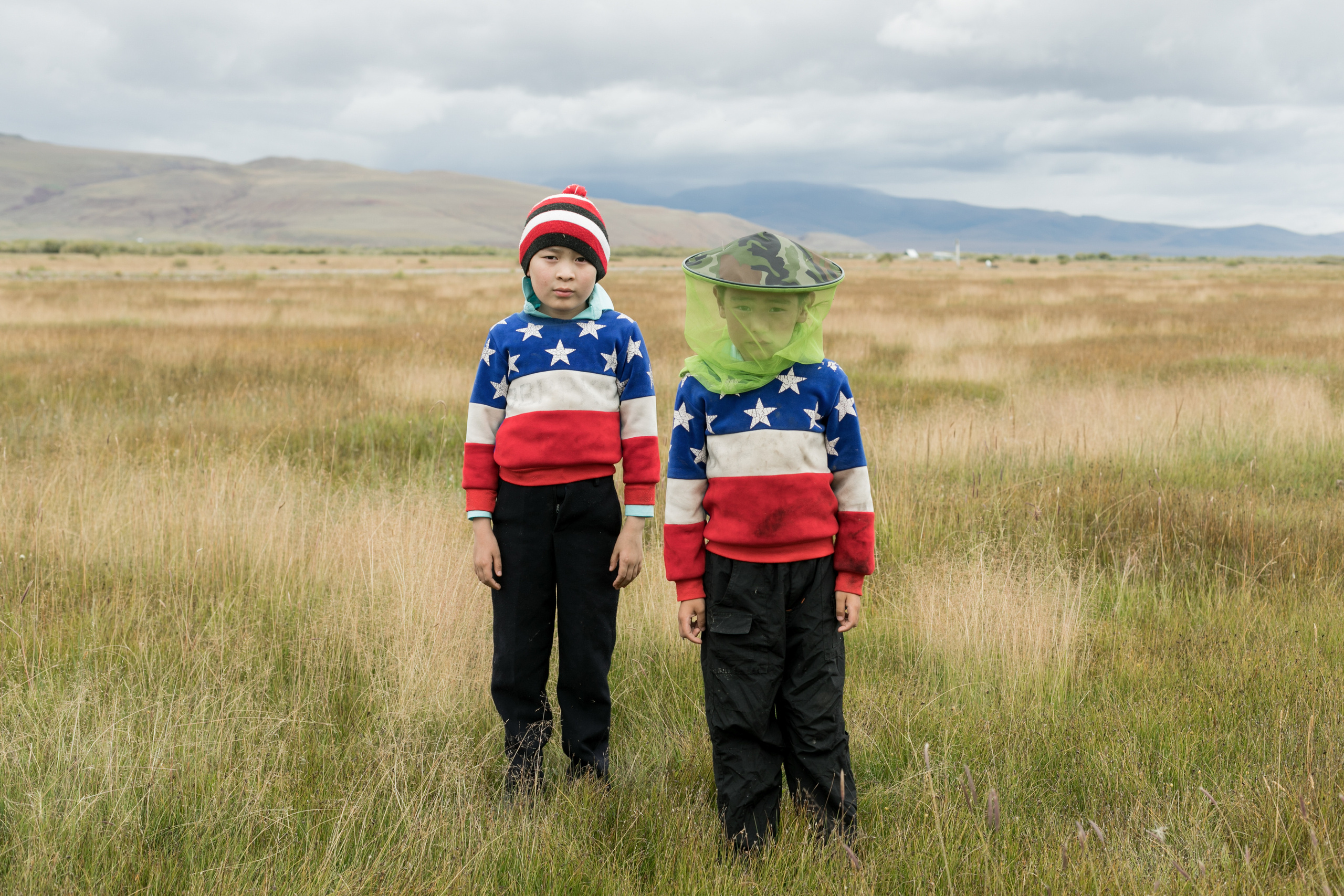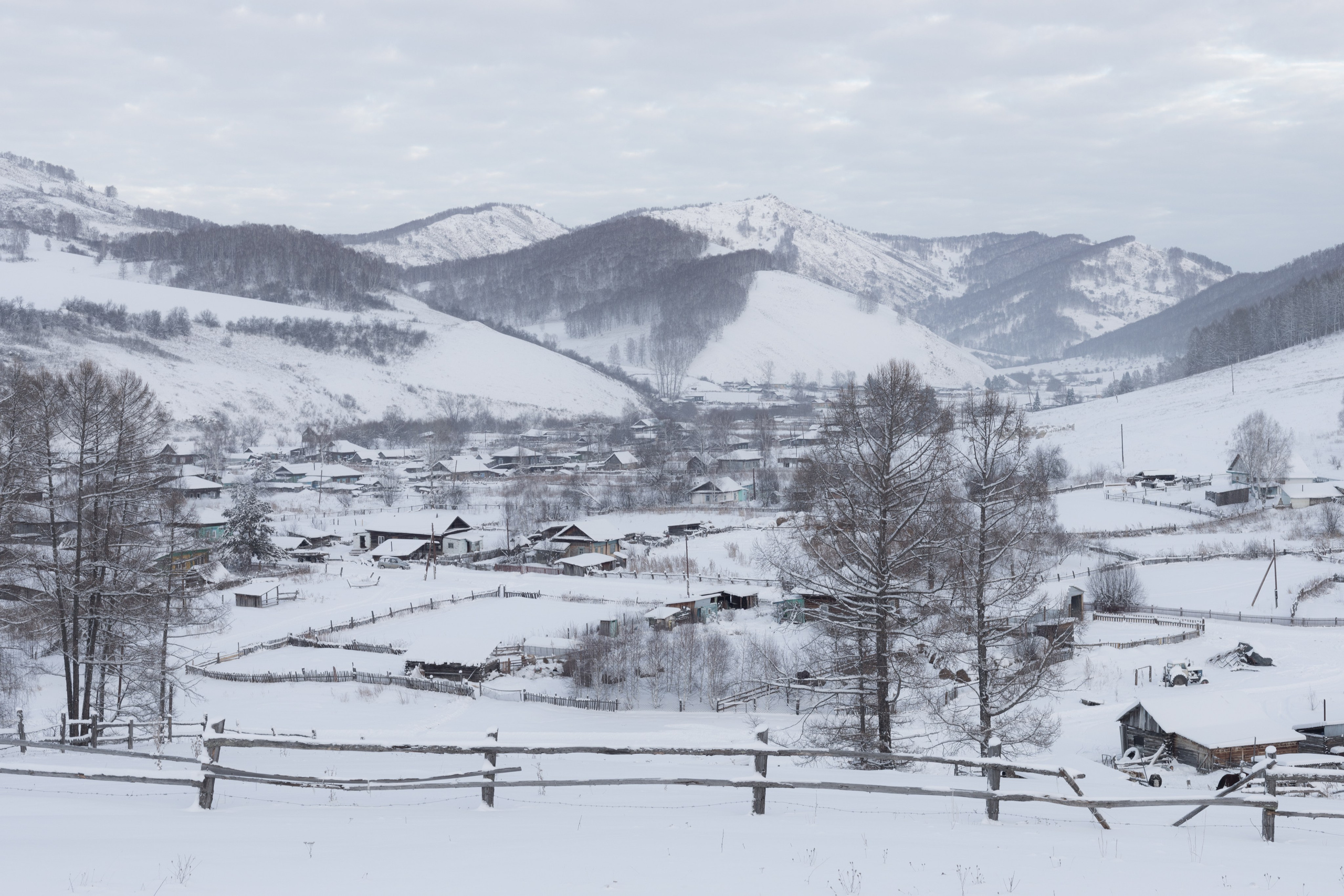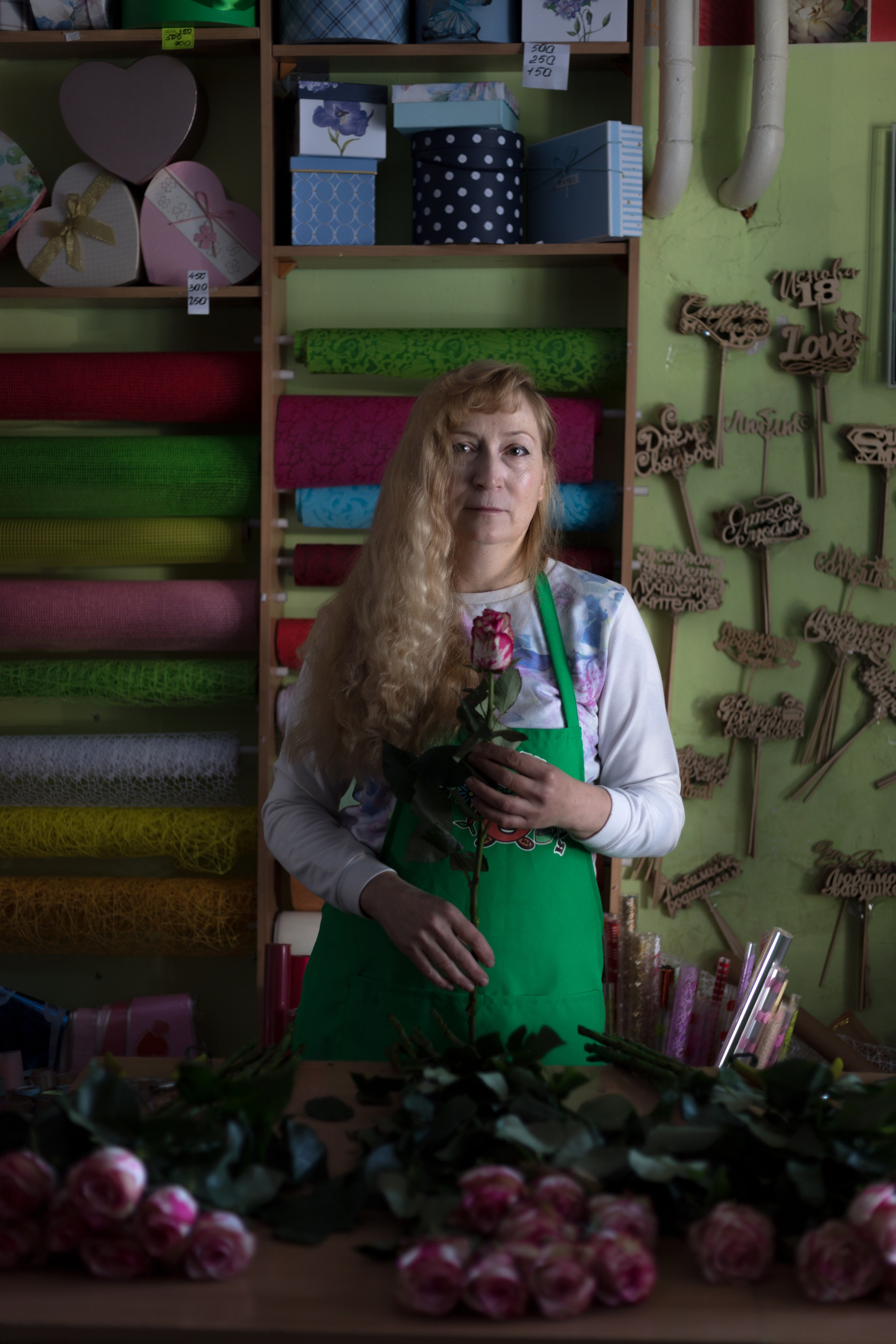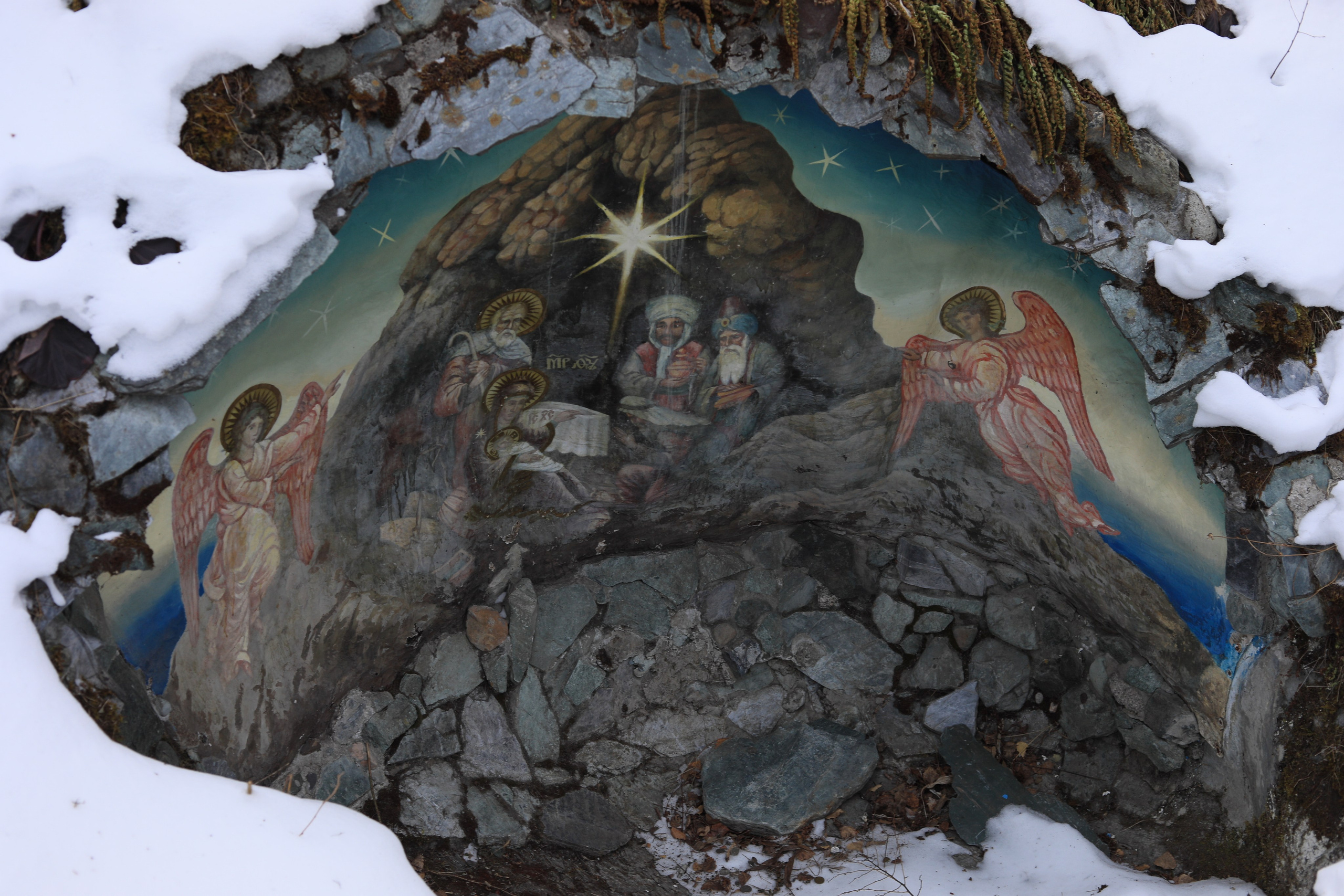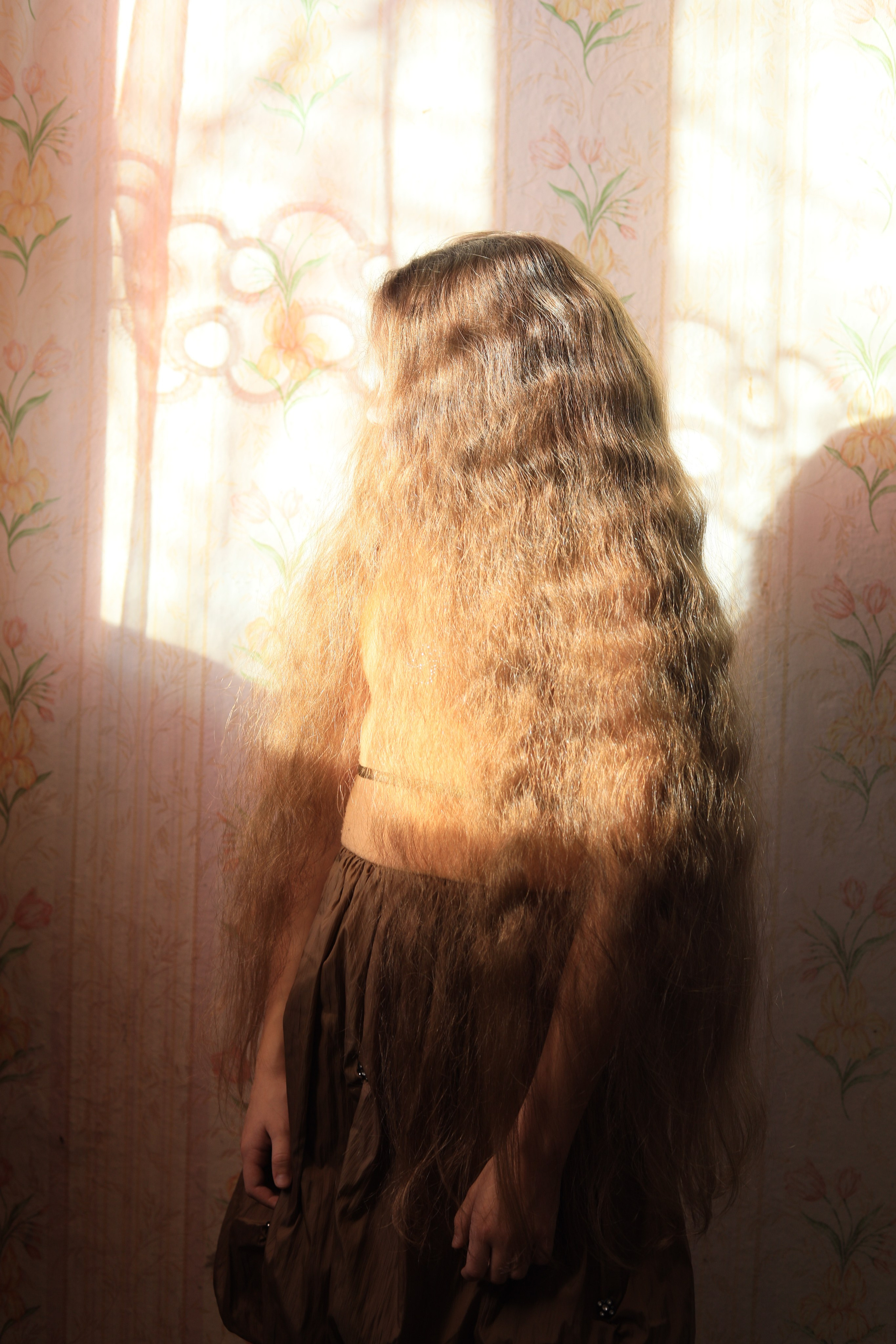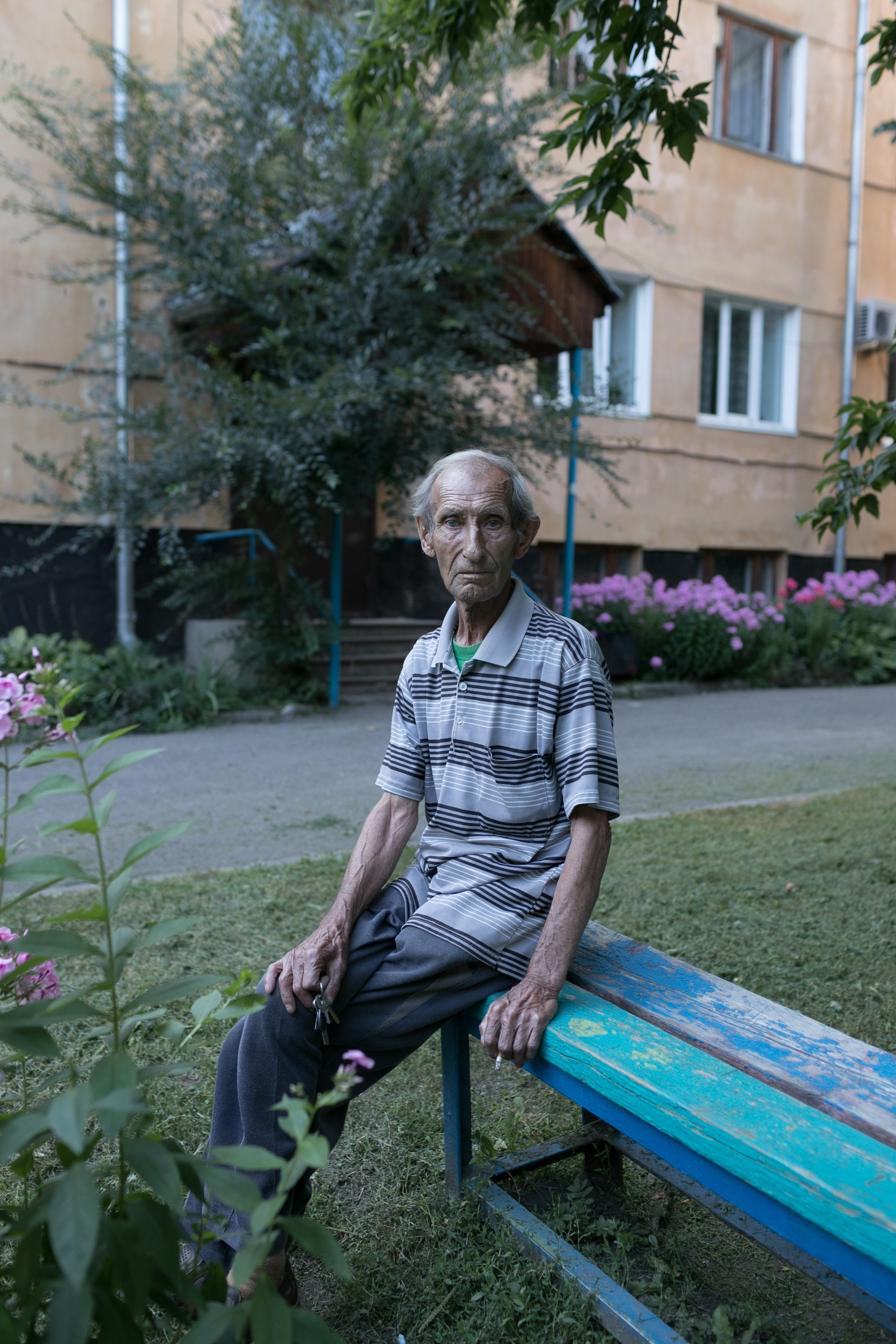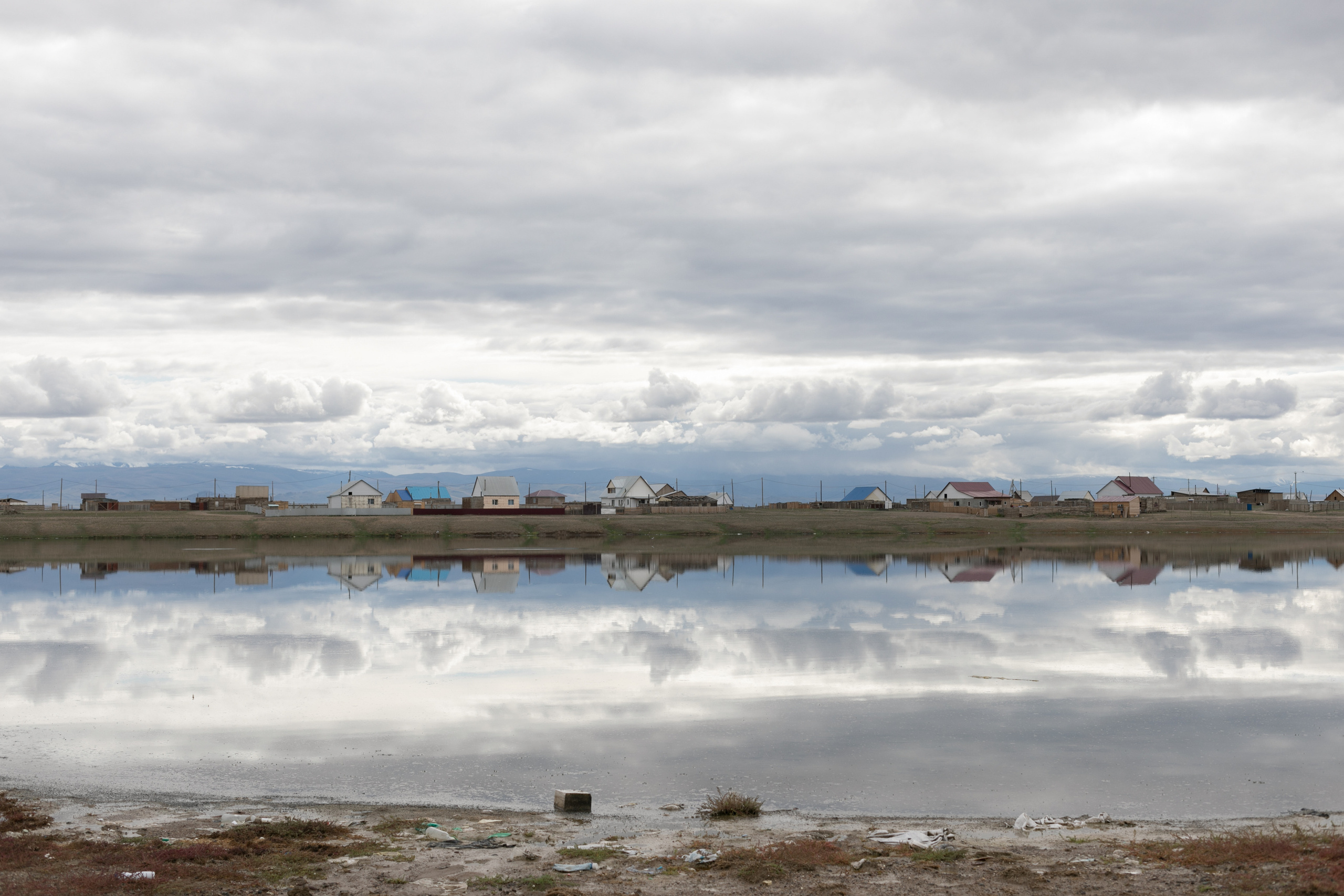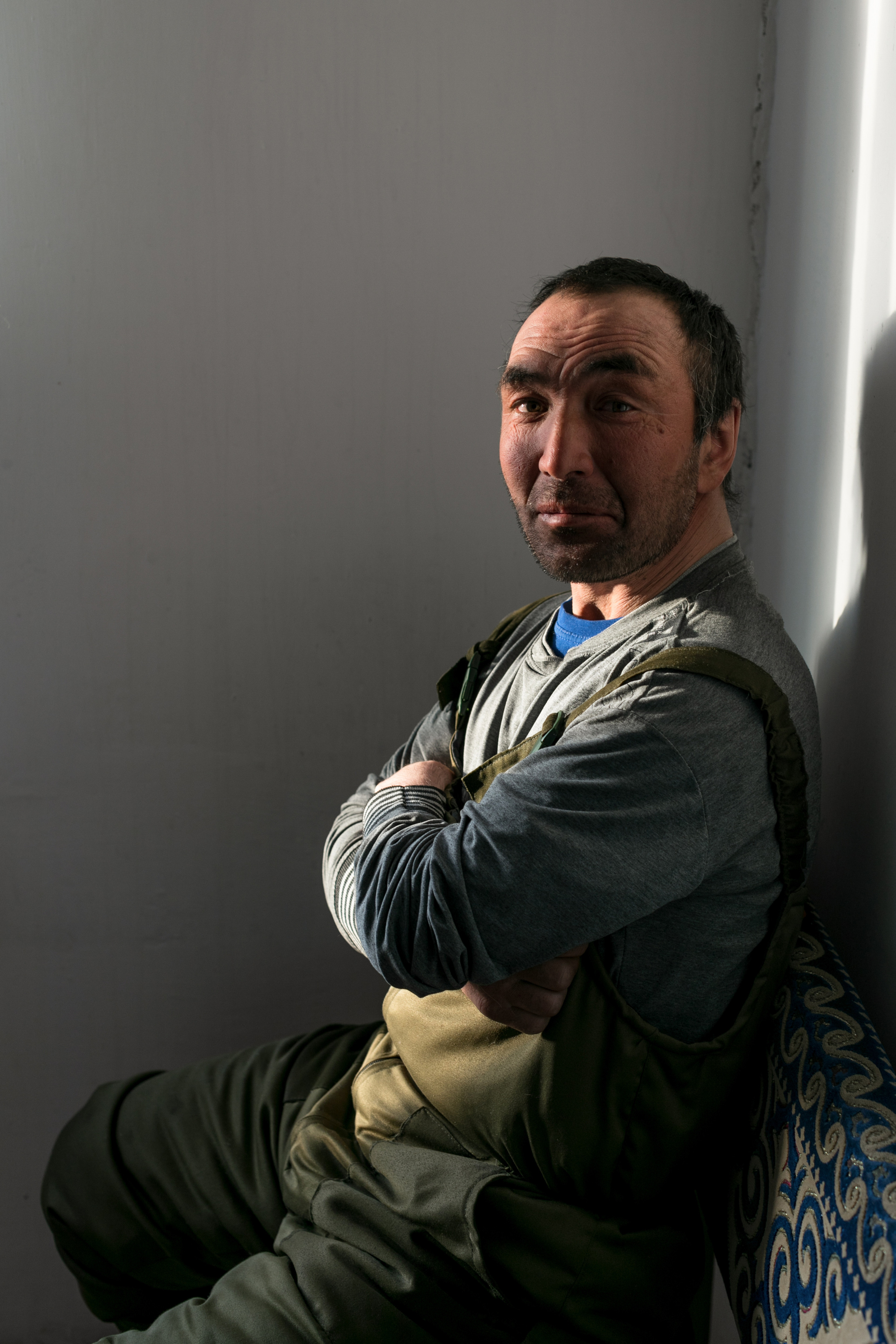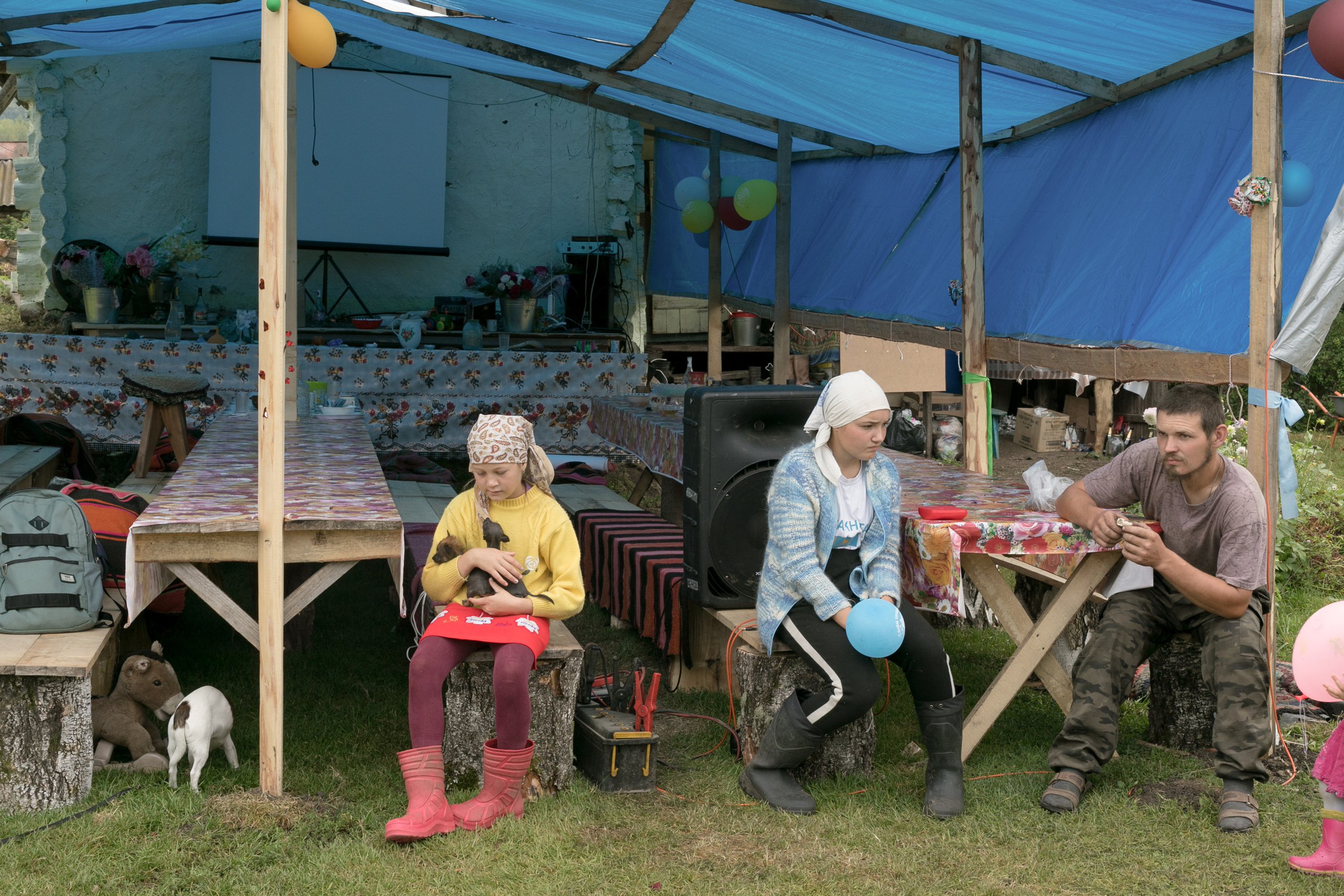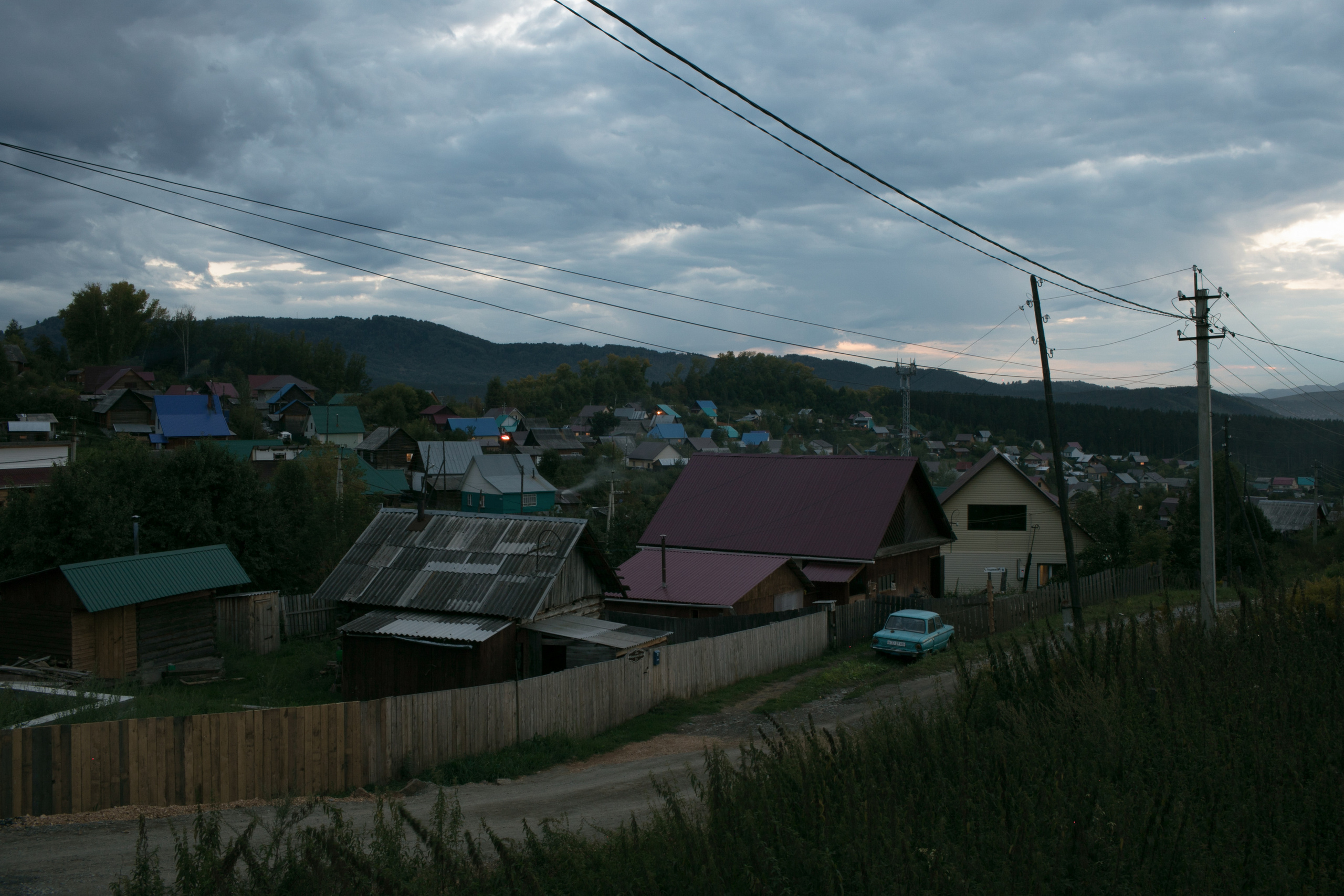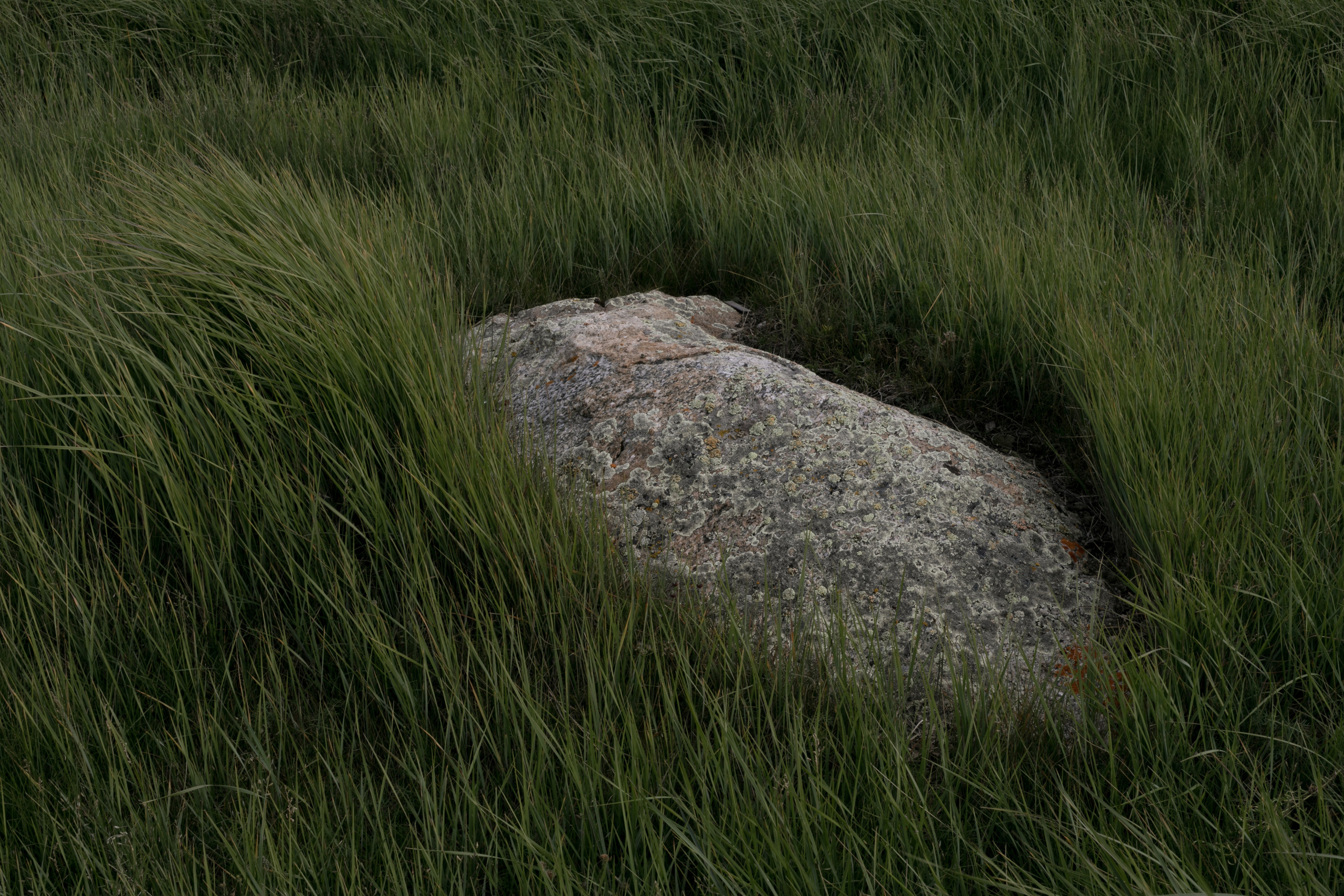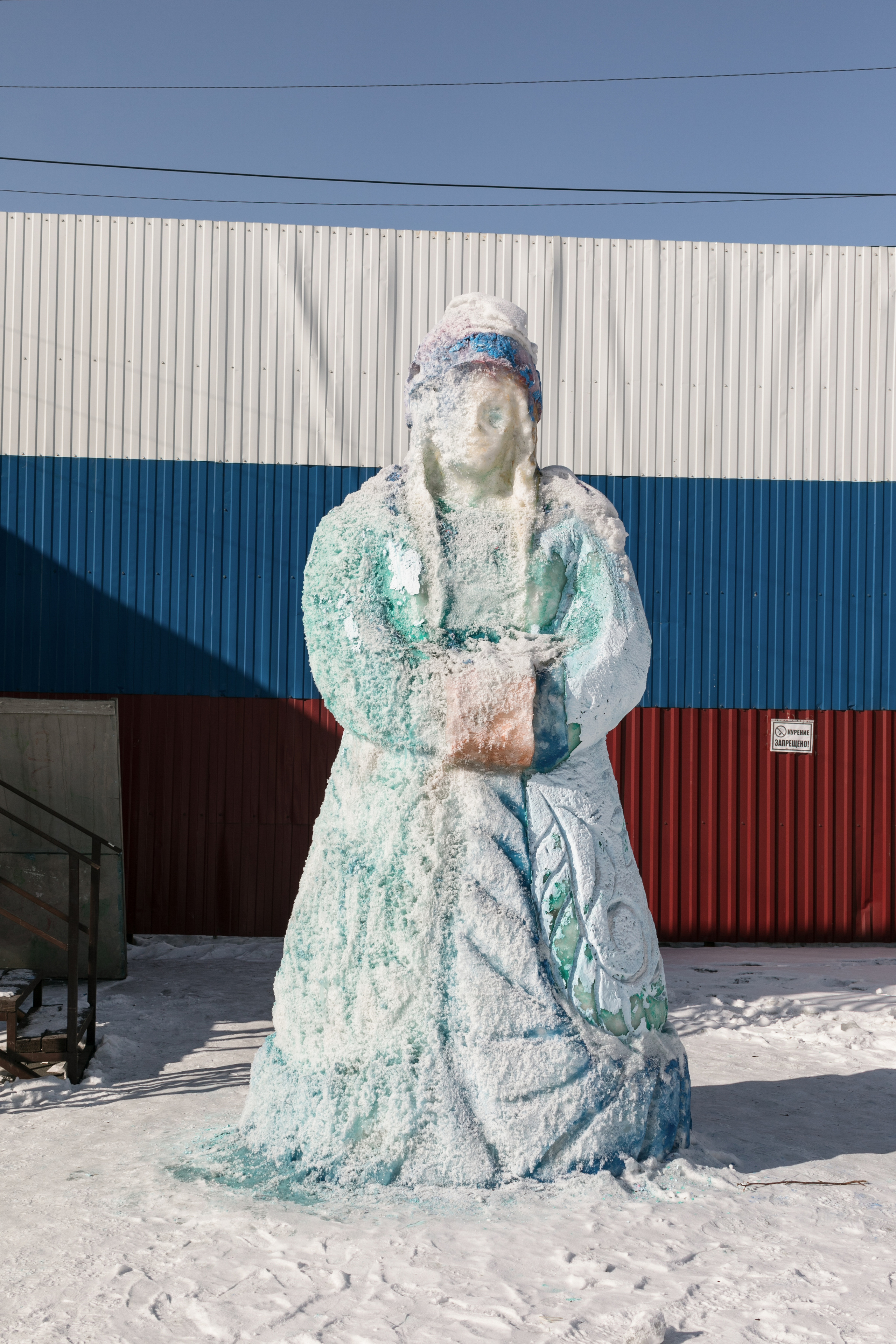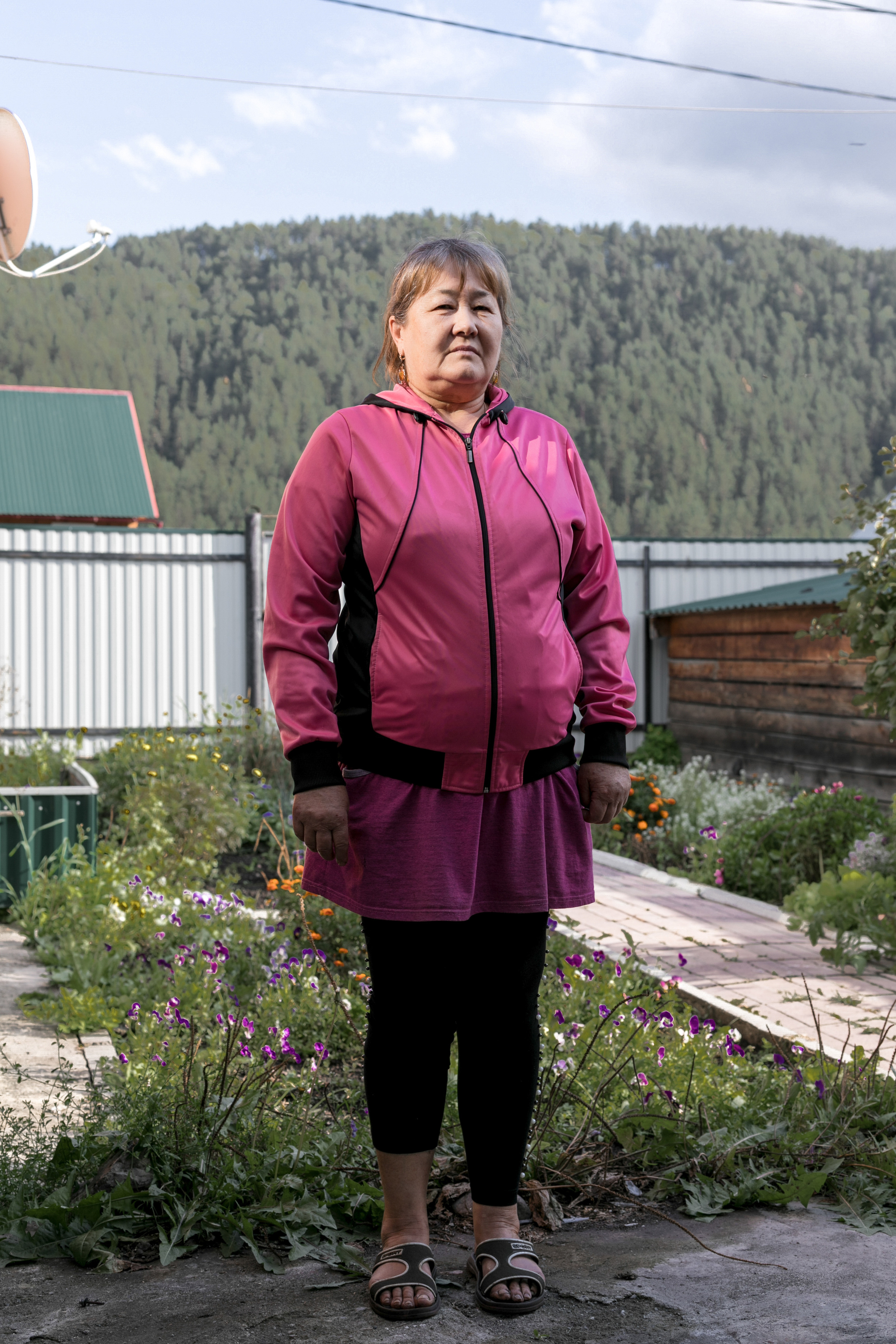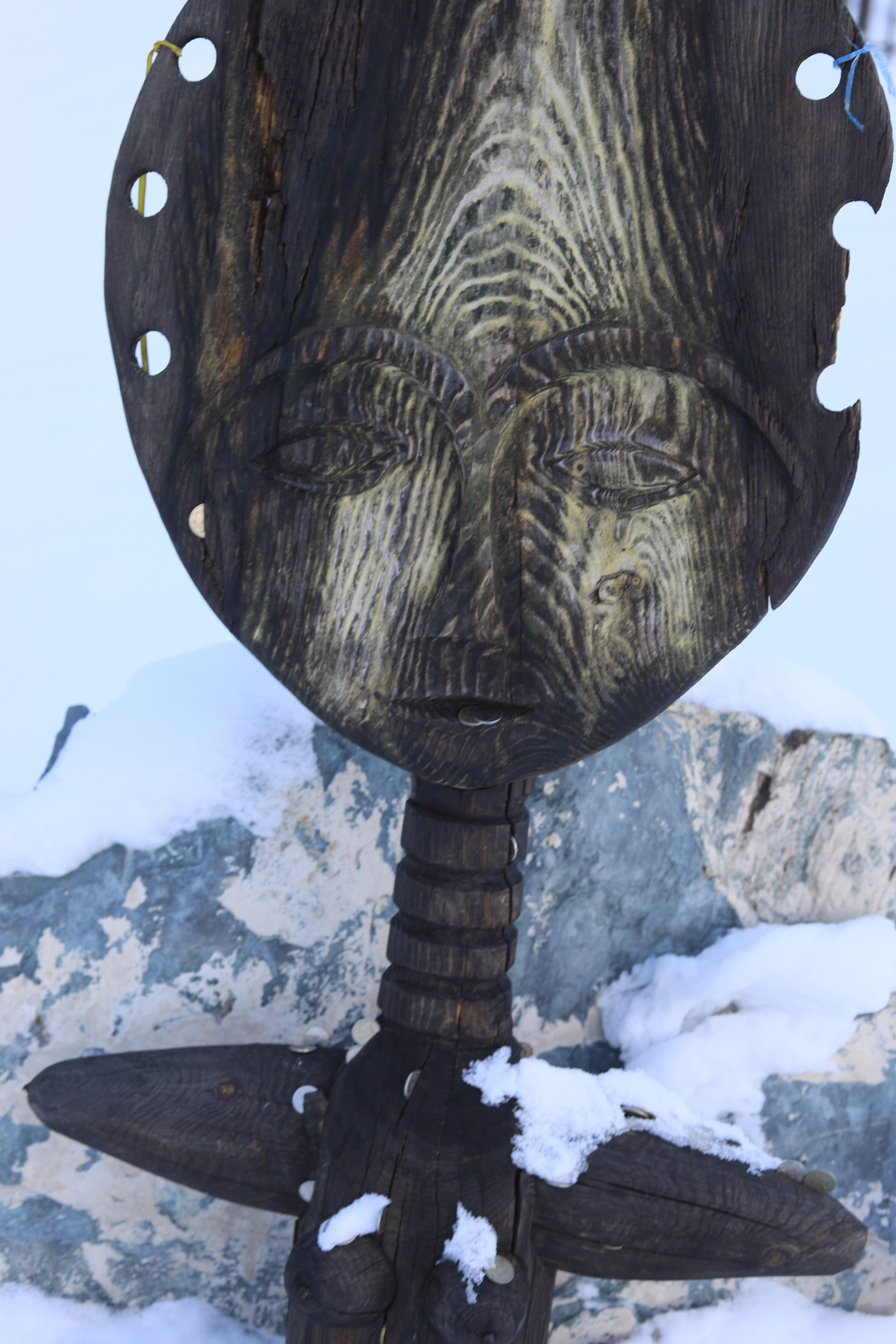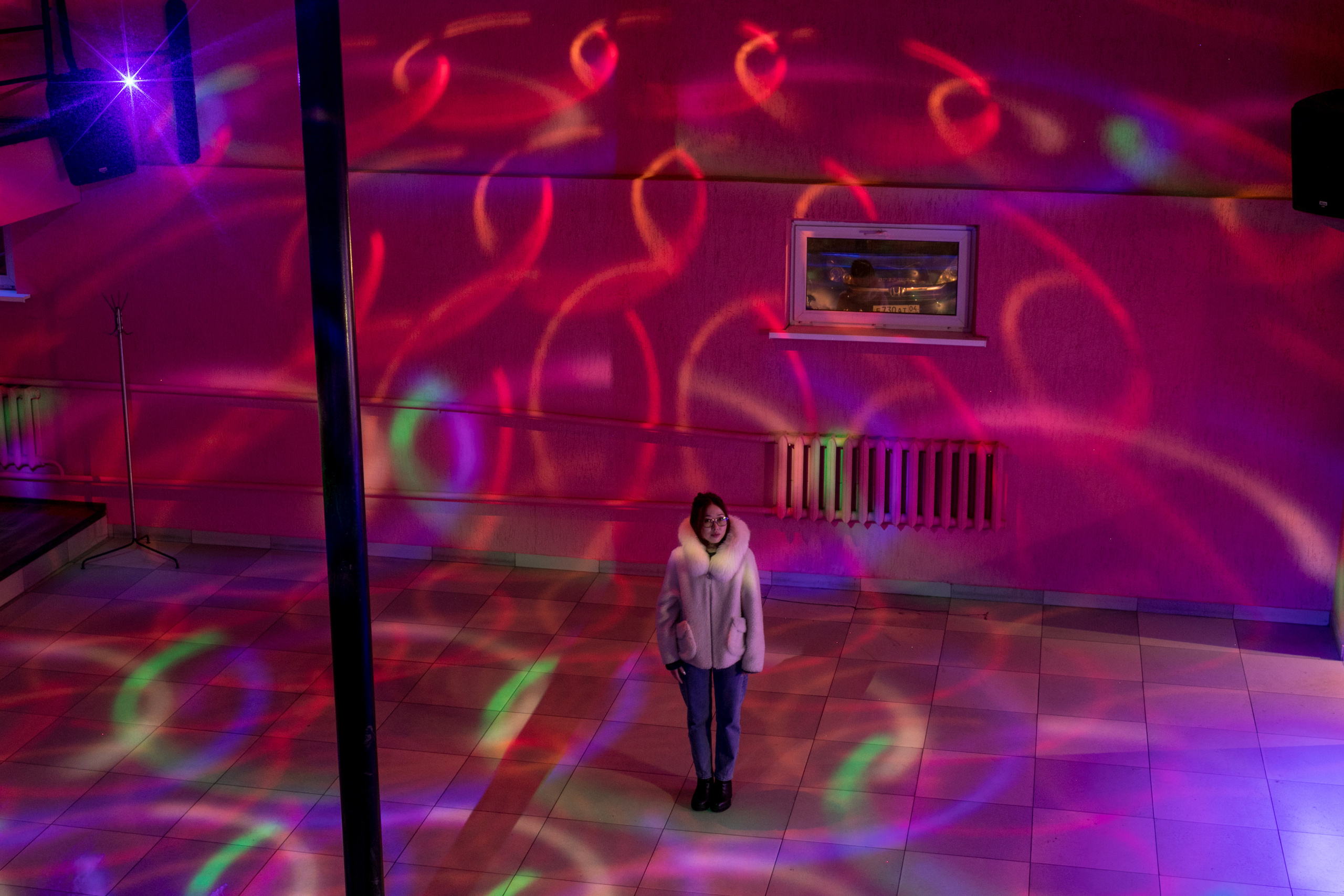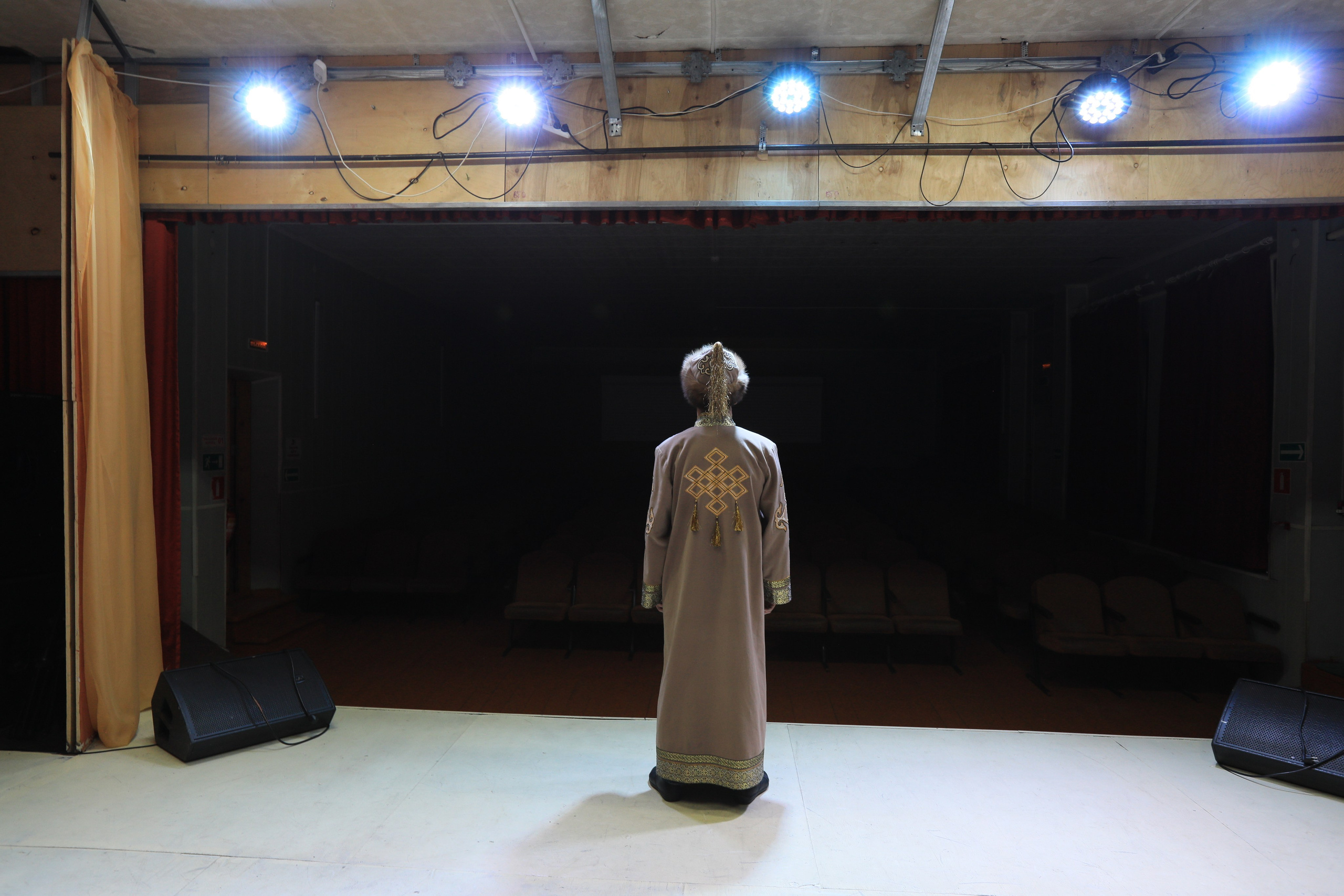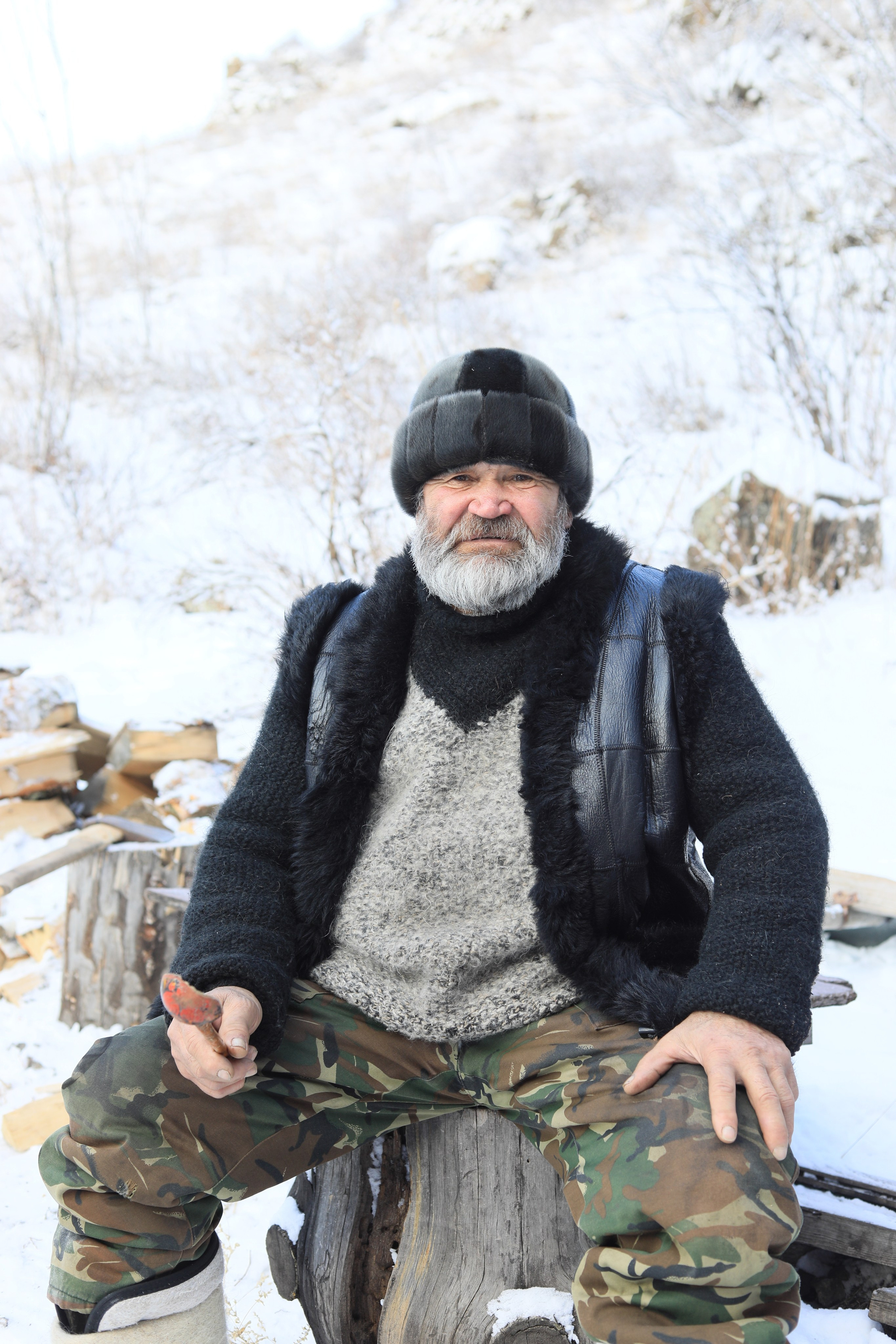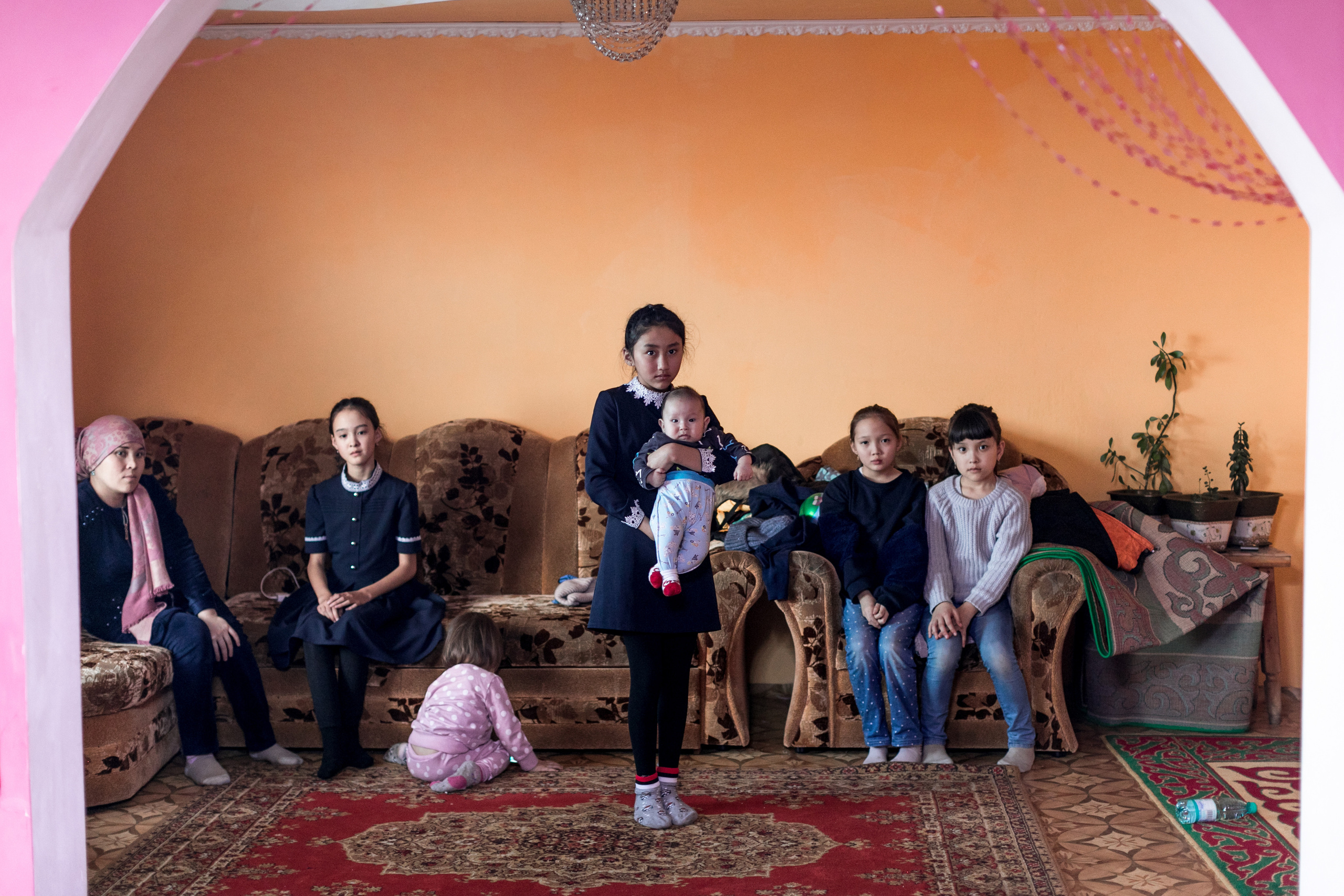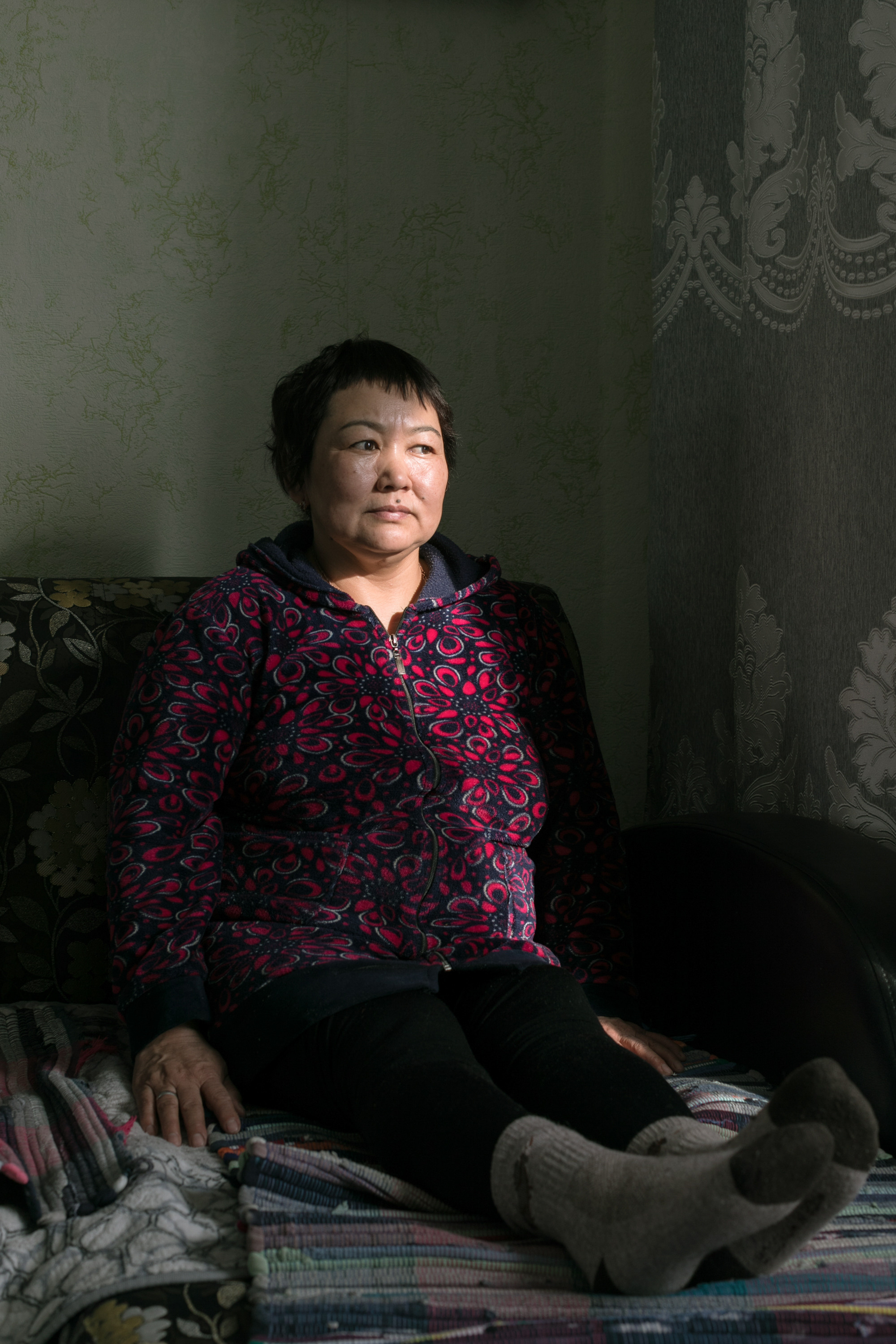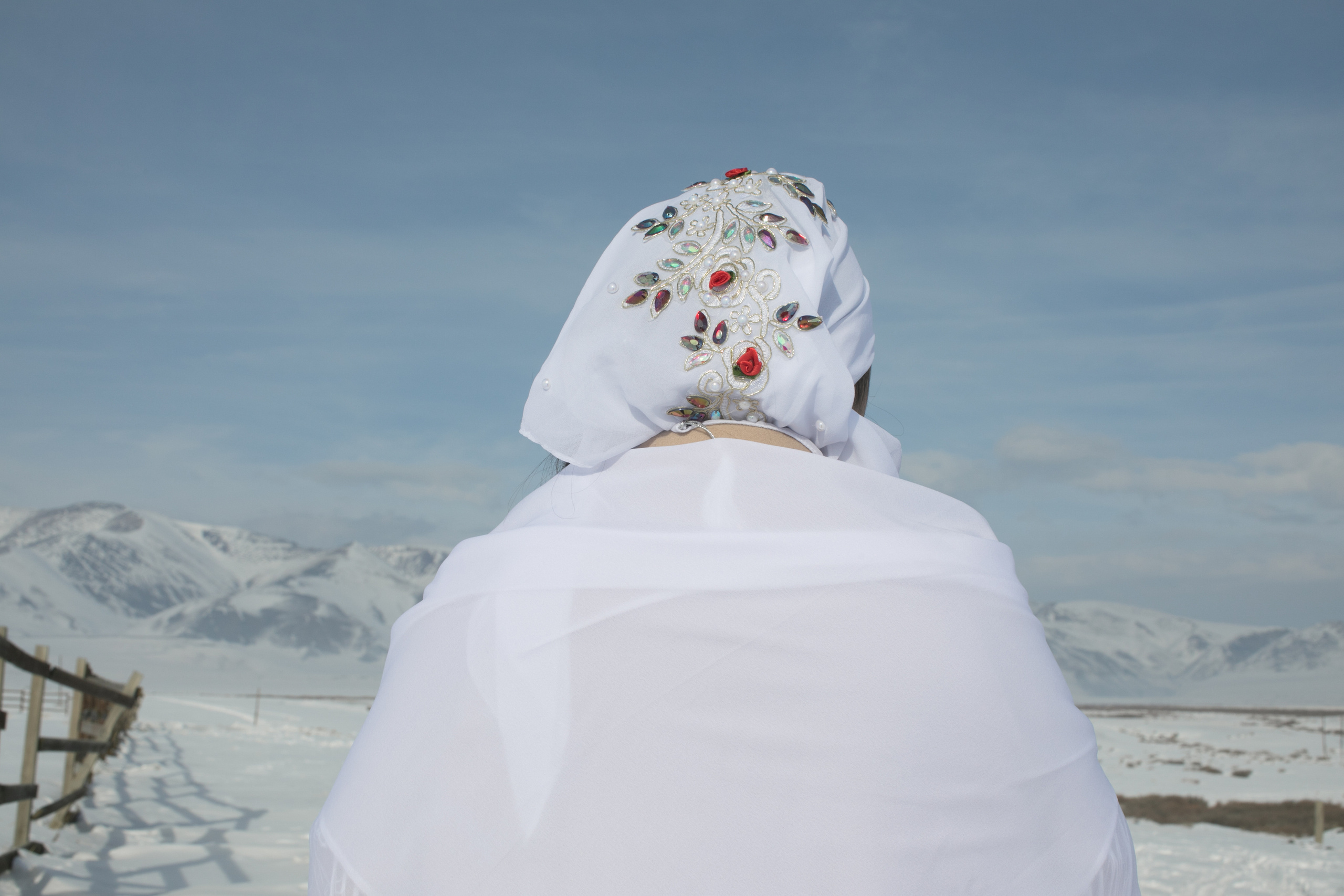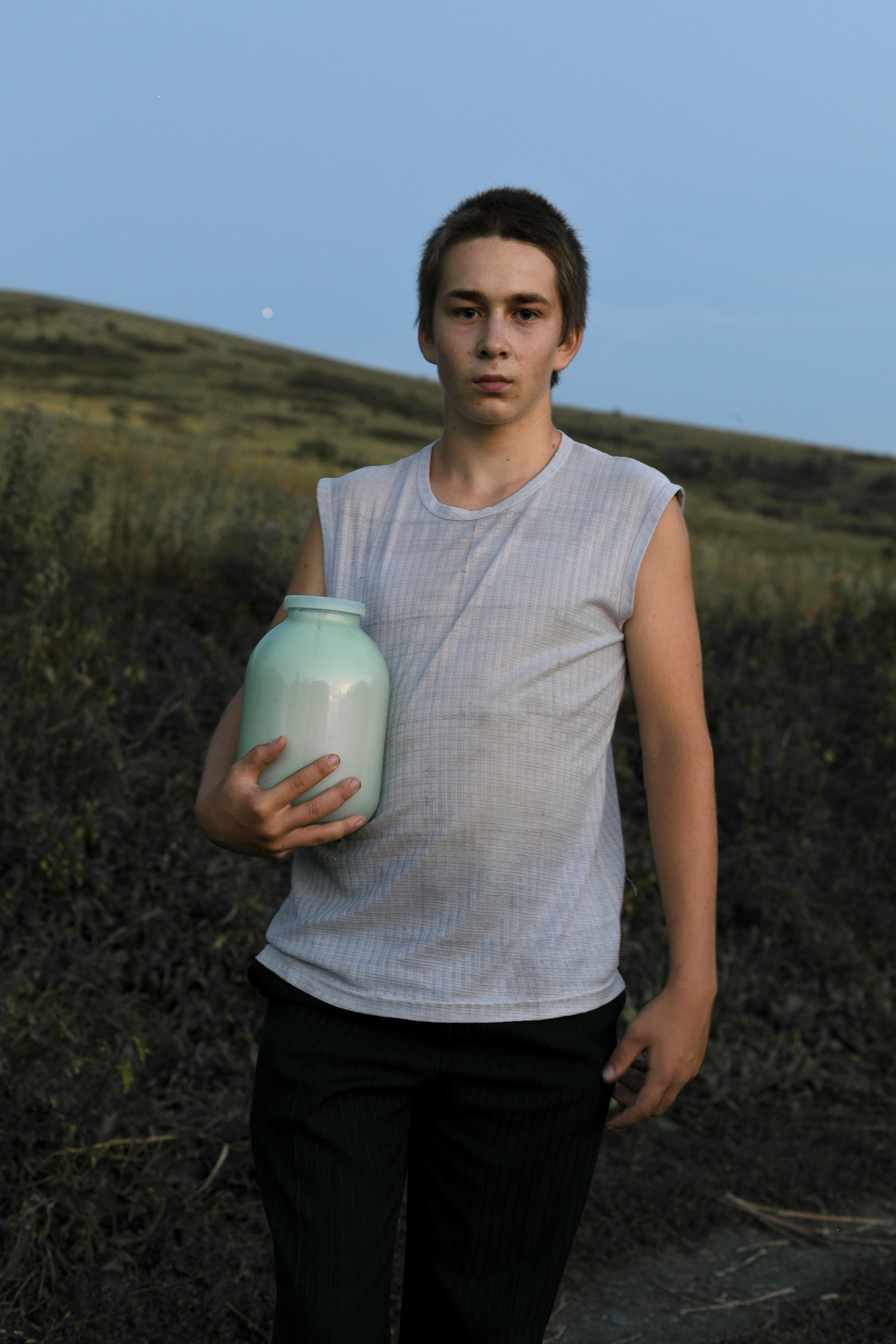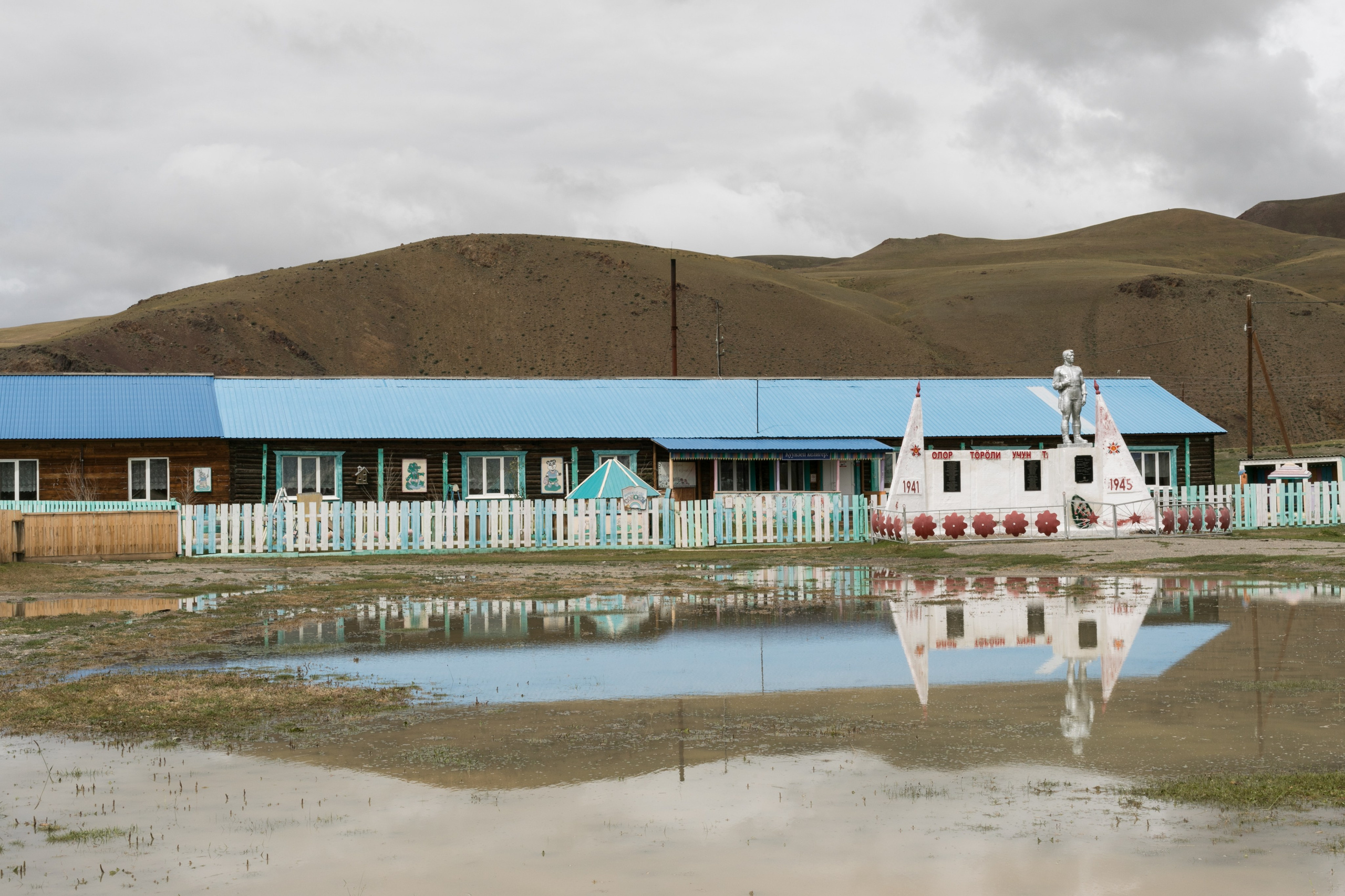ALTAI
The Altai
region is located at the border area of South Siberia.
For many centuries civilisations and cultures
intertwined and accumulated on
the Altai land. Religious beliefs of Old Ritualists
and other migrants, pagan cults of
nomad tribes, and shaman traditions
formed the unique value of
that space.
Even more cultural layers appeared as a result of the Altai lands being annexed to the Russian Empire in the XVIII century as well as the Soviet regime coming to power and subsequently collapsing. Newly formed economic relations drive Altai`s population to adapt; developing tourism complemented by the culture`s prominent ethnicity is the local inhabitants` major occupation.
Recently Altai has acquired new attributes to its role. The society whose unifying ideas and purposes had faded after the collapse of the USSR began to seek out such notions that could heal and satisfy its spiritual needs. Altai is the place where one can find a strong connection between humans and nature; it`s destination for a spiritual pilgrimage and “a place of power”.
After having been lured by the mystical pull of this place I set out to discover what kind of life is led by the inhabitants of this land. Following in the nomads` steps I travelled the entire length of Chuya Highway that crosses Altai from east to west, photographing the people that I met along the way. I sought out to learn how modern people live in such conditions; those whose identity was once determined by their family and ancestry residing in the land that holds and combines different ethnicities, cultures and religions?

